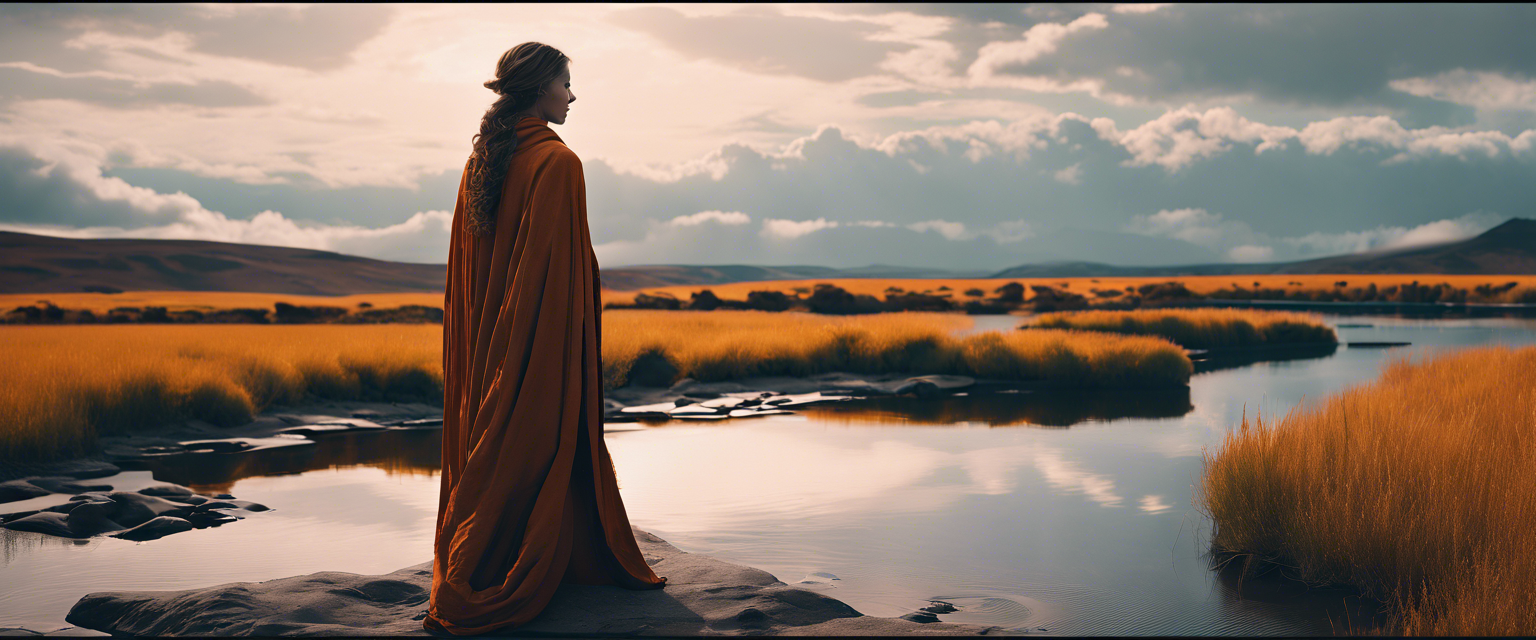What is ESRGAN?
Enhanced Super-Resolution Generative Adversarial Networks (ESRGAN) is a sophisticated AI model that enhances image resolution using Generative Adversarial Networks (GANs). The architecture consists of two neural networks, a generator and a discriminator, that engage in a competitive game. The generator's role is to create high-quality images, while the discriminator evaluates whether the images are real or generated.
How Does ESRGAN Work?
Initially, the generator creates an image, and the discriminator checks its authenticity. During this process, both networks learn: the generator improves its image creation skills, while the discriminator hones its verification capabilities. ESRGAN specifically utilizes a pre-trained model with VGG19 weights, ensuring that it has a strong foundation for super-resolution tasks.
How to Prepare ESRGAN for Your Purpose
If you’re ready to harness the power of ESRGAN, follow these steps to prepare your model:
1. Upload Your Dataset
To start, upload your dataset to Google Drive. For this tutorial, we will utilize a dataset from Kaggle called CalebA, containing over 200,000 celebrity images. However, it's advisable to work with a smaller subset of around 10,000 images for optimal performance.
2. Set Up Google Colab
ESRGAN requires a GPU with substantial memory, making Google Colab an excellent choice. Change the runtime type by selecting Runtime then choosing GPU as your hardware accelerator.
3. Clone the ESRGAN Repository
You will need to clone the existing ESRGAN repository and install any necessary requirements to run the model effectively.
Loading Data
To connect Google Drive with Google Colab, utilize the command:
!pip install patool
This will allow you to extract files from your compressed datasets efficiently. Ensure that your data is loaded into the directory: /content/PyTorch-GAN/data.
Creating a Testing Dataset
To validate your model, it is crucial to have a testing dataset that hasn't been used during training. Move some images from your dataset folder to the data/test folder. To do this:
- Create a new testing folder.
- Transfer a few images into the test folder for later evaluation.
To handle large datasets efficiently, employ batching methods.
Training the ESRGAN Model
Now, you’re ready to train the ESRGAN model! Use the following command structure:
!python train.py --dataset_name name of your folder --n_epochs number of epochs --hr_height height of output --hr_width width of output --channels channels of input --checkpoint_interval checkpoint settings
Here are some standard arguments you might consider:
- --dataset_name: Name of your folder in /content/PyTorch-GAN/data.
- --n_epochs: Number of epochs (default is 200).
- --hr_height: Height of output images (default is 256).
- --hr_width: Width of output images (default is 256).
- --channels: Number of channels in input (default is 3).
- --checkpoint_interval: Set to 250 for smaller datasets (default is 5000).
After training, your generated images will be saved in the folder: /content/PyTorch-GAN/implementations/esrgan/images/training.
Testing Your ESRGAN Model
To evaluate the performance of your trained model, use an image from your testing dataset. The command to run your model is as follows:
!python test.py --image_path name of your image --checkpoint_model path to your trained generator
Replace the placeholders with the appropriate names from your folders. The generated image will be stored in /content/PyTorch-GAN/implementations/esrgan/images/outputs/.
Wrapping Up
Generative Adversarial Networks enable neural networks to iteratively enhance each other’s performance. ESRGAN, as highlighted in this tutorial, specializes in super-resolution tasks. While the results after a limited number of epochs may not be ideal, increased training epochs can lead to exceptional image quality and clarity.
For further inspiration, explore various AI applications developed during hackathons or delve deeper into the world of AI-enhanced artistry.
Stay tuned for more enlightening tutorials on AI and machine learning methodologies!
Thank you! - Adrian Banachowicz, Data Science Intern at New Native.



اترك تعليقًا
تخضع جميع التعليقات للإشراف قبل نشرها.
This site is protected by hCaptcha and the hCaptcha Privacy Policy and Terms of Service apply.